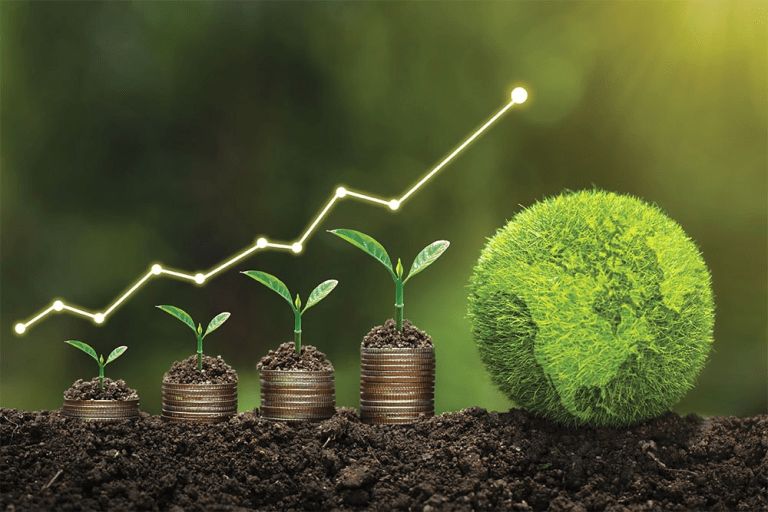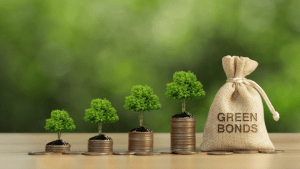The Banking, Financial Services, and Insurance (BFSI) sector is at the forefront of a major transformation driven by sustainability goals and climate action commitments. One of the most significant developments in recent years is the rapid growth of green bonds — debt instruments specifically issued to finance projects with positive environmental impacts. Bloomberg Green reports that 2025 is shaping up to be a landmark year for green bond issuance in the US, signaling the BFSI sector’s deepening commitment to sustainable finance.
What Are Green Bonds?
Green bonds are fixed-income securities whose proceeds are exclusively used to fund projects that generate environmental benefits. These projects can include renewable energy installations, energy efficiency upgrades, clean transportation, sustainable water management, and climate change mitigation efforts. For BFSI institutions, green bonds offer a dual advantage: raising capital to support environmentally friendly initiatives while meeting increasing investor demand for responsible investment options.
The Surge in Green Bond Issuance
According to Bloomberg Green, US-based BFSI firms have issued over $50 billion in green bonds in the first quarter of 2025 alone — a remarkable increase compared to previous years. This surge reflects the growing integration of Environmental, Social, and Governance (ESG) criteria into financial strategies and the broader global push toward net-zero emissions by mid-century.
Several factors are driving this growth:
- Regulatory Support: U.S. regulators and policymakers are encouraging sustainable finance through incentives and clearer disclosure requirements, making green bonds more attractive and credible.
- Investor Demand: Institutional investors, including pension funds and insurance companies, are reallocating capital toward sustainable assets, seeking to reduce climate-related risks in their portfolios.
- Corporate Commitments: BFSI firms themselves are adopting ambitious sustainability goals, using green bonds to finance internal projects such as green buildings, clean energy adoption, and digital tools for efficient resource management.
Impact on the BFSI Sector and Beyond
The rise of green bonds is reshaping the BFSI sector’s role in combating climate change. By channeling funds toward sustainable infrastructure and technology, these financial instruments support the transition to a low-carbon economy while opening new growth opportunities.
Moreover, green bonds contribute to enhanced transparency and accountability. Many issuers engage third-party verifiers and align with internationally recognized standards, such as the Green Bond Principles, to ensure the environmental integrity of funded projects.
Challenges and the Path Forward
Despite the momentum, the green bond market faces challenges including risks of greenwashing, where the environmental benefits of projects may be overstated, and the need for standardized reporting frameworks. The BFSI sector is actively working with regulators, industry groups, and rating agencies to improve market integrity and investor confidence.
Conclusion
The booming green bond market underscores the BFSI sector’s pivotal role in financing sustainable development. As climate risks intensify, green bonds offer a powerful tool to align financial growth with environmental stewardship. With continued innovation, regulatory clarity, and investor engagement, the green bond market is poised to accelerate the global journey toward a more sustainable future.
Source: US Securities and Exchange Commission (SEC) Sustainable Finance Updates




 Share your Details for subscribe
Share your Details for subscribe